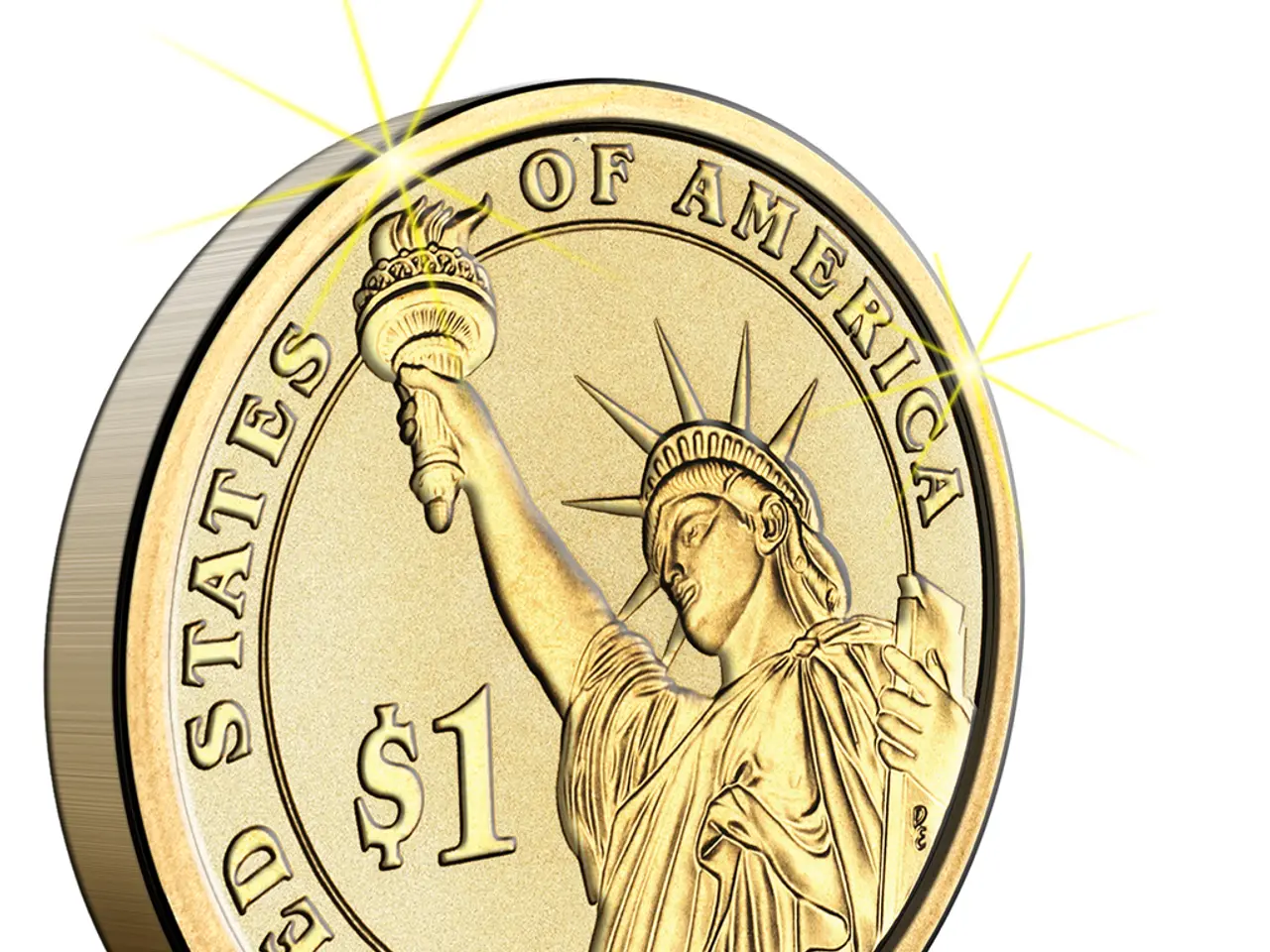Consumer Spending Habits: Importance and Key Factors Influencing Them
What's The Lowdown? Consumer spending habits refer to the changes in how individuals shell out their hard-earned cash on goods and services. It's not just about how much they spend, but also the proportion of their income dedicated to various expenditures. Factors like location, lifestyle, income, and personal preferences play a significant role in shaping these spending habits.
In the short term, spending patterns might remain static. But over longer periods, they can undergo significant shifts. This transformation could be triggered by fluctuations in prices, income, or consumer preferences, although daily events may not always prompt immediate changes.
For instance, when the economy thrives, people tend to splurge on discretionary items such as vacations, luxury goods, and electronics. However, in a stagnant economy or a downturn, savings become the order of the day, as people cut back on unnecessary spending.
Why Do Consumer Spending Habits Matter?
Understanding consumer spending habits is vital for businesses, especially those that aim to thrive in their respective markets. Many successful companies started as the brainchild of an entrepreneur who recognized a need in the market and developed a solution. These solutions are often embodied in innovative products that either didn't exist before or improved upon existing ones.
Keeping tabs on consumer spending habits provides valuable insights, helping businesses adapt their offerings to meet evolving needs. Here's why:
- Evolving Needs: Consumer needs don't stay the same forever. They change with time, often due to shifts in income or preferences. A company's offerings that were relevant in the past might not resonate with consumers in the future.
- Strategic Development: Analyzing consumer spending patterns is integral to developing effective strategies. Businesses need to understand their target market to create strategies that align with consumer needs and preferences. A well-planned strategy will be more relevant to the market, boosting the chances of success.
- Market Size Estimation: By understanding how much consumers spend on various categories, companies can estimate the market size and its growth prospects. This information is crucial for planning production and marketing strategies to maximize profitability.
- Adaptability: Consumers remain the king, and their needs are paramount. Businesses must adapt to these changing needs to stay relevant and successful. Failure to do so could lead to business failure.
- Decision-Making Insights: Understanding consumer spending patterns allows companies to grasp the factors that influence their decision-making. This knowledge can help businesses adjust their marketing strategies to align with consumer shopping preferences.
What's Changing Consumer Spending?
Consumer spending patterns are in constant flux, with factors such as tastes and preferences, income, technology, age, price, and interest rates all playing a role.
- Consumer Tastes and Preferences: As tastes change, so do consumer spending habits. People are more likely to spend money on products they love and less on those they don't care for. In some industries, such as fashion and food, these changes can occur rapidly, necessitating frequent updates to offerings.
- Income: Higher-income households spend more on discretionary items, while lower-income households focus on essentials. As income levels rise, spending patterns change, with an increase in purchases of nonessential items.
- Age: Older consumers prioritize needs like financial security and healthcare, while younger ones focus on fulfilling their daily needs.
- Technology Changes: New technology creates new needs and makes existing goods obsolete. For example, the advent of computers rendered typewriters redundant, and smartphones replaced landlines.
- Price: Changes in prices impact the demand for goods. Higher prices lead to reduced demand, while lower prices boost demand.
- Interest Rates: High interest rates discourage spending on big-ticket items like cars and jewelry, while lower rates encourage such purchases.






